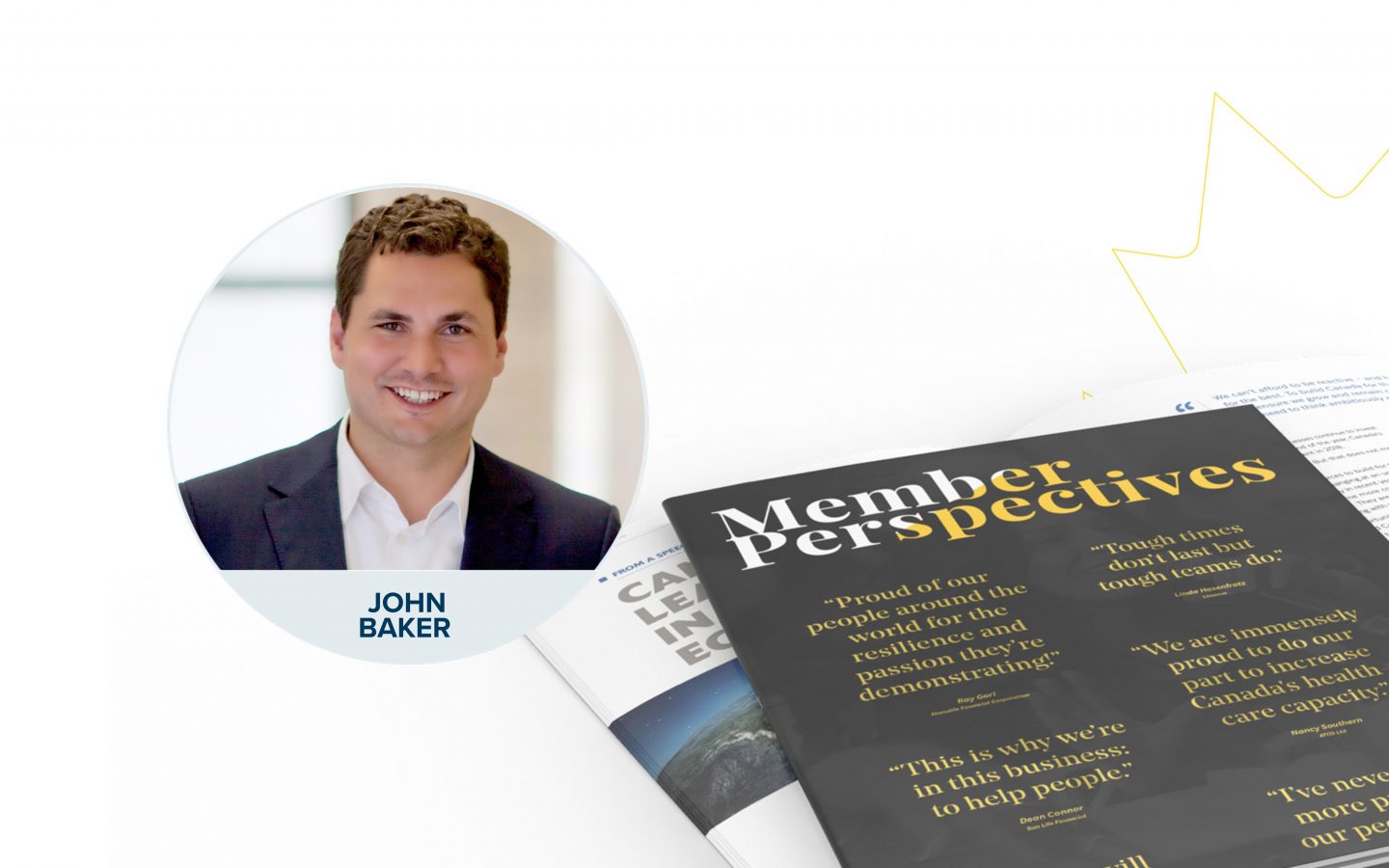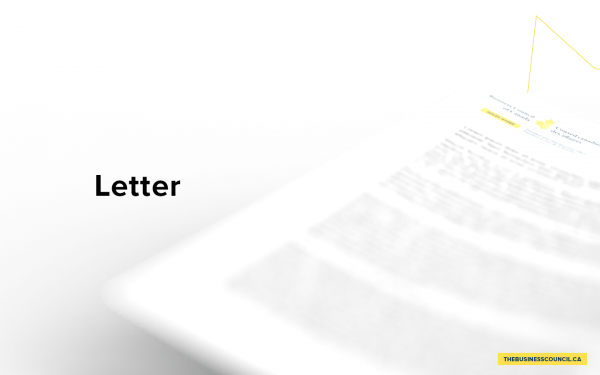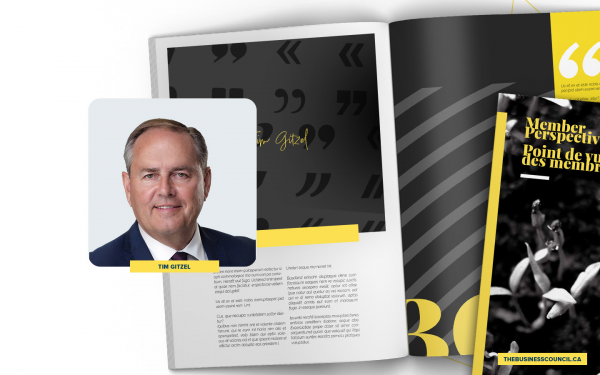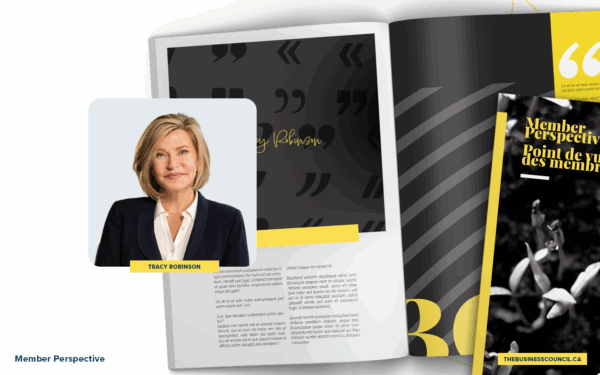Changing the world in a changing world
As published by John Baker on D2L’s 2030 Blog
I have always believed education has the power to change the world. It can lift people out of poverty, create more innovative, stronger economies, and result in better-informed, more engaged citizens. This belief is why I founded D2L, and it’s this same belief that inspires all of our work.
But what happens when the world changes so fast that we struggle to keep up? What happens when the institutions that we count on to help steer us through times of rapid change — like governments, schools and businesses — are so overwhelmed with change themselves that they find themselves struggling to keep up? That’s certainly been the case during the COVID-19 pandemic, as the mandate of all our major institutions shifted from leading change — to surviving it.
In my view, that’s not enough. Even in times of crisis, we need to take time — and make the effort — to move forward. We need to keep asking important questions like “how do we make sure we are continuing to train workers for the jobs that are coming,” because if we don’t, we all run the risk of falling behind.
Recently, I had a discussion with Dr. Nelson Soto — who is the Provost and Vice President for Academic Affairs at Union Institute and University — about this important topic. Dr. Soto has a personal and particular interest in this topic as he’s spent his career making change by removing barriers to higher education for marginalized and underserved populations.
Dr. Soto believes that technology has an important role to play in this. “We strive at Union for education that is personalized, flexible and human and we do so with the use of technology,” said Dr. Soto. “At the same time, we need to deal with the haves and have-nots with respect to technology and who has access to technology, because that is impacting the world.”
He also believes that technology — particularly learning technology — can help deal with some of the challenges that we are facing in a world that hopefully is turning the corner on COVID-19. This includes the short-term economic challenges around reskilling workers.
“I don’t think we should focus on the traditional 16-week semester,” says Dr. Soto. “I think short-term certificate programs and stackable certificates combined with competency-based education are the way of the future. We’ve talked a lot about this in the past, but now we need to make sure we’re moving quickly.”
The other area of opportunity for positive economic change that Dr. Soto sees is in corporate partnerships with postsecondary institutions.
“We need to make sure that schools give businesses the appropriate talent and continue to scale up that talent. And to do that,” says Dr. Soto, “we need to ask what it means to invest in talent and prepare talent for business and industry.”
That is, of course, the challenge we’re all facing right now. In particular, educators and businesses alike need to be aware that the economy is undergoing a digital transformation. Up until last year, the digital sector was about 12% of the economy worldwide, but in the next three to four years, it is estimated that 50% of the global economy is going to be digitally transformed.
The inbound wave of digitization is going to require skills and abilities that we don’t have yet — and we will need to continue to take the time and make the effort to create the partnerships we need, remove barriers facing learners, and adopt the technology needed to not just survive change, but lead it.










